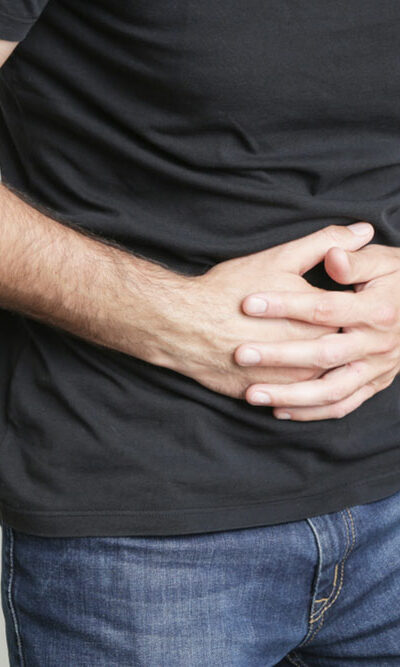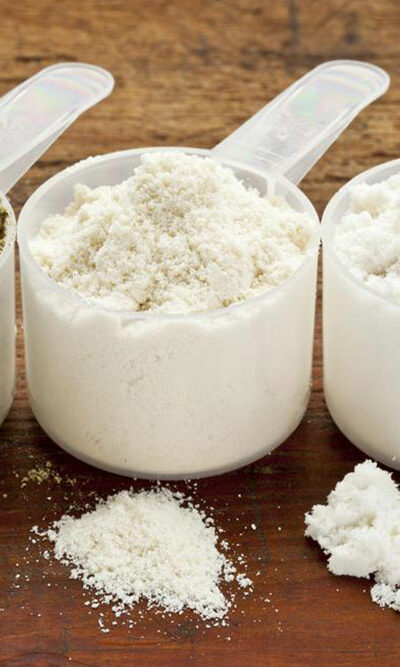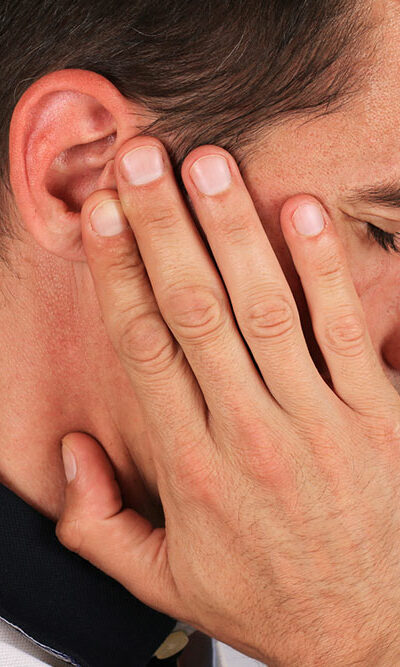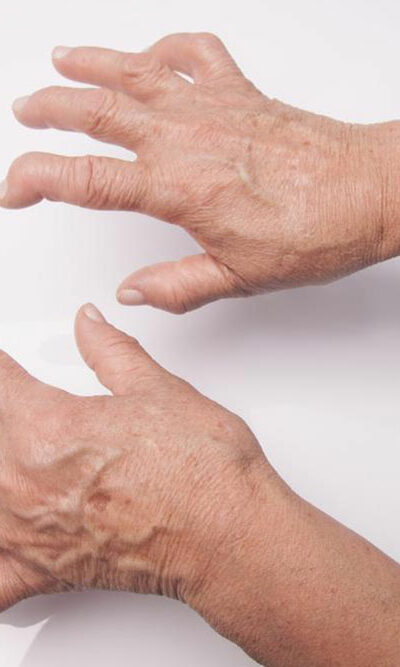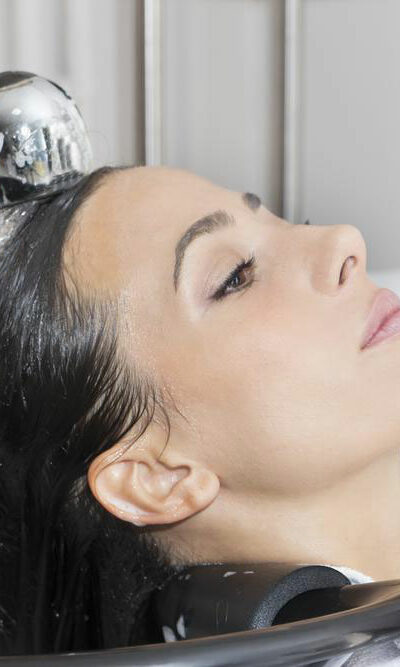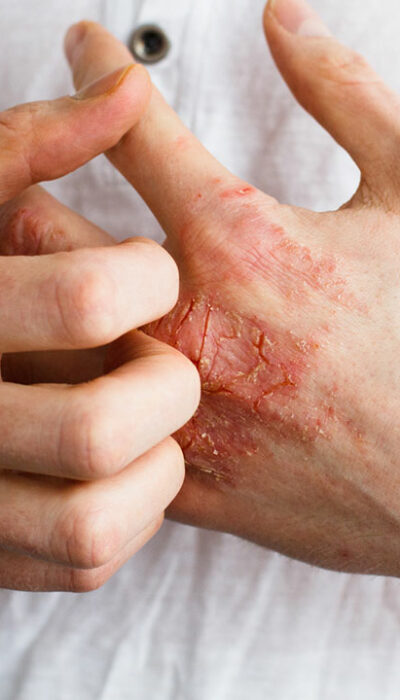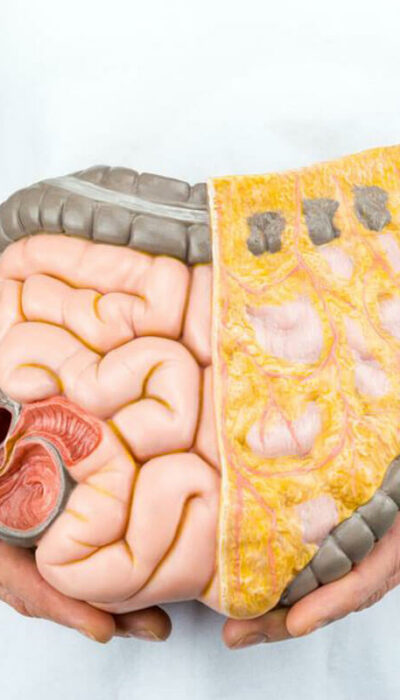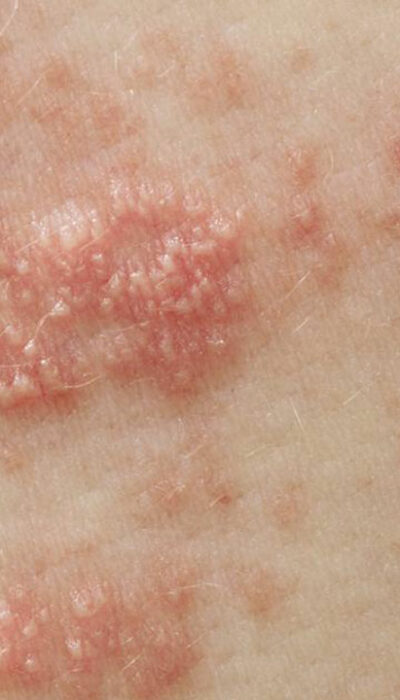
Effective Home Remedies to Treat Shingles
Shingles, scientifically named as ‘herpes zoster’, is a viral infection that causes rashes in small sections of the body along with immense pain and is sourced from the same virus that causes chickenpox which is known as varicella-zoster virus (VZV). If you had chicken pox in your childhood, then there is a chance that at later stages, you can develop shingles. The first symptom of shingles is the immense pain. After a couple of days, you will see rashes and fluid-filled blisters in small sections of your body, while some people also experience fever, fatigue, and sensitivity to light along with painful blisters. Shingles usually last from two to six weeks. Complications Although shingles isn’t a life-threatening disease, some people develop a more serious condition due to this, known as postherpetic neuralgia when the nerve fibers get damaged. This condition can cause shingles pain to last for weeks and months even after the rashes clears out. Although there is no perfect treatment for Shingles, antiviral medications prescribed by your doctor can help to reduce its symptoms and shorten the time span of shingles. Read on to know the various at-home treatment options for shingles. Top treatments for shingles Take healing baths One of the most effective and top treatments for shingles that prevents the rashes from spreading to different parts of the body is thoroughly cleansing the body on a daily basis. Taking a shower with cold water along with antiseptic soap can help you to soothe your skin and body as the coolness of the water will reduce the pain and itchiness of the shingles blisters. You can also prepare a healing bath for yourself which is considered to be one of the top 3 shingles treatments. To prepare a healing bath, you need to pour 1 to 2 cups of colloidal oatmeal or cornstarch into lukewarm water and leave it for 10-20 minutes before taking the bath.
